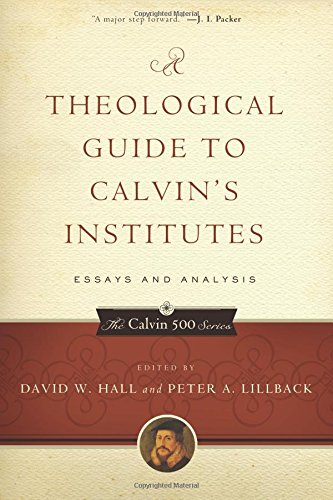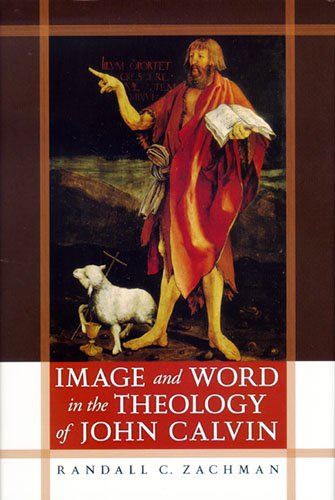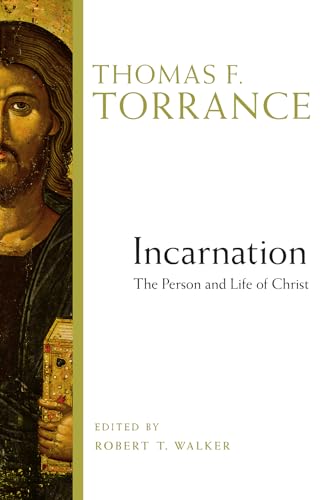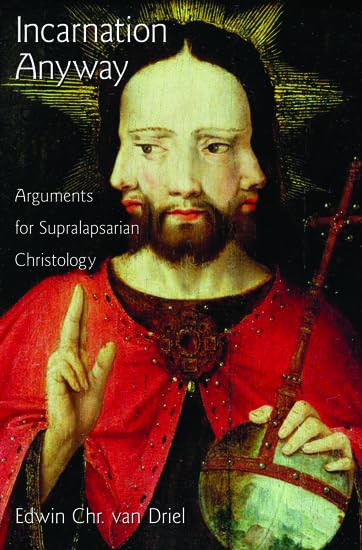The Story: Read the Bible as One Seamless Story from Beginning to End
Written by Zondervan Reviewed By Andrew David NaselliSome students at Clearwater Christian College in Florida recently shared with me how much they profited from reading The Story as one of their texts for OT Survey 101, a class required for all students. The professor, Anthony Abell, explained that The Story helps students better understand the Bible’s sweeping storyline. Abell observed that many students know various stories in the Bible (particularly in the OT) but that most do not understand how those stories fit into the grand story of salvation history.
The Story is a unique presentation of the Bible, using the readable Today’s New International Version. Unlike The Reader’s Digest Bible, which condenses the actual Bible’s text, The Story chronologically presents selected (but not condensed) excerpts from the Bible and adds italicized summaries of portions that it skips. Line spaces also indicate omitted text. The Story consists of thirty-one chapters; the first twenty-one survey the OT, and the last ten survey the NT. It includes excerpts from 361 of the 1,189 chapters in the Bible (231 of the 929 OT chapters and 130 of the 260 NT chapters).
The team of editors who produced The Story explains, “Our goal was to make the Bible read smoothly and easily, so that you can read it just like you would read a novel” (p. v). The section on Jesus, for instance, reads like a fifth gospel since the editors redact the four Gospels. The chapter on the resurrection, for example, ends with John 20:24–29; 21:1–19; over to Matt 28:16–20; back to John 21:25; and then back further to John 20:31 (pp. 319–21).
The Story has three corresponding strengths and weaknesses:
- Accessibility: It is an accessible tool that would profit non-Christians, young Christians, and mature Christians, not least since many people find it challenging to grasp the big picture of the Bible’s storyline line while slowly reading through the entire Bible. One could easily read The Story in a month by reading a chapter a day, an average of just 12.5 pages per day. It is longer and more detailed than many Bible story books for children (and it does not include illustrations); it is more like an adult Bible story book, though it could certainly be read to or by children as well.
On the other hand, it is potentially misleading to advertise The Story as “an exciting alternative to a traditional Bible,” which many people consider too “boring,” “religious,” “irrelevant,” and “long” (p. iv). The Storyis a supplemental tool, not a substitute for the unabridged Bible.
- Editorial work: A timeline of The Story lists conservative dates (e.g., 1446 b.c. for the exodus) and serves as a handy reference. The footnotes are generally excellent (especially for first-time Bible readers), defining terms like holiness, transgression, and grace. The italicized summaries inserted in the text are not overly interpretive (e.g., the summary of the statue in Nebuchadnezzar’s vision, p. 208), nor do they water down essential components of the Bible’s storyline such as God’s wrath being poured out on Jesus (p. 313). Further, the summaries are skillfully written; many function like cliff-hangers, heightening interest and propelling the reader forward. The Story concludes with stimulating discussion questions for each chapter (pp. 390–400), an alphabetical list describing the book’s characters (pp. 401–5), and a chart of Bible references from which each chapter of The Story excerpts Scripture.
On the other hand, the arrangement of the text seems rather arbitrary. It excludes some key texts (e.g., 2 Sam 7), most of the wisdom genre, and almost all of the general epistles. It plays hopscotch through Paul’s letters and thus misses Paul’s logical development; for example, it completely skips Rom 9–11 (p. 360), and it includes Eph 5:21–6:4 while omitting the head command in 5:18 and the conclusion of the unit on slaves and masters in 6:5–9 (p. 376). Further, some of the brief definitions in the footnotes are inadequate or sloppy (e.g., gospel [p. 291], justification [p. 338], and sanctification [p. 346]).
- Format: It looks and feels like a normal book. The paper is relatively thick, not the thin crinkly paper that Bibles typically use. The text appears in a single column and is printed according to genre, and it does not include chapter or verse numbers. (On the advantage of excluding chapter and verse numbers, see my two other reviews below in this Themelios issue: The Books of the Bible and Christopher R. Smith’s The Beauty Behind the Mask.)
On the other hand, it has a few typographical issues. For example, the symbol “[c]” appears once in the text (p. 190), and some sections should be indented (e.g., pp. 223–25, 241–42, 368–69).
Perhaps Zondervan would multiply the influence of The Story if it produced a corresponding audio book using the audio from The Bible Experience and adding a narrator to read the italics (and maybe the footnotes, too).
The Story is an edifying tool for a variety of situations: a supplemental textbook for students (junior high, high school, or college), an introduction to the Bible’s storyline for non-Christians or young Christians, and a creative refresher for mature Christians.
Andrew David Naselli
Andy Naselli is assistant professor of New Testament and Biblical Theology at Bethlehem College and Seminary in Minneapolis and administrator of Themelios.
Other Articles in this Issue
Why are we talking about preaching with power? Because of what Christianity is...
In the mid-twentieth century, one could readily find informed Protestant observers acknowledging the Calvinist tradition’s major missionary contribution...
The summer of 2007 was the wettest in Britain since records began, registering over twice the usual amount of rainfall between May and July...
How Far Beyond Chicago? Assessing Recent Attempts to Reframe the Inerrancy Debate
by Jason S. SextonThe doctrine of inerrancy has been a watershed issue among evangelicals in the West, perhaps now more evident than ever...
Quite apart from commentaries and hermeneutical textbooks, books on the Bible—its nature and ultimately its authority—have been appearing with daunting frequency of late







